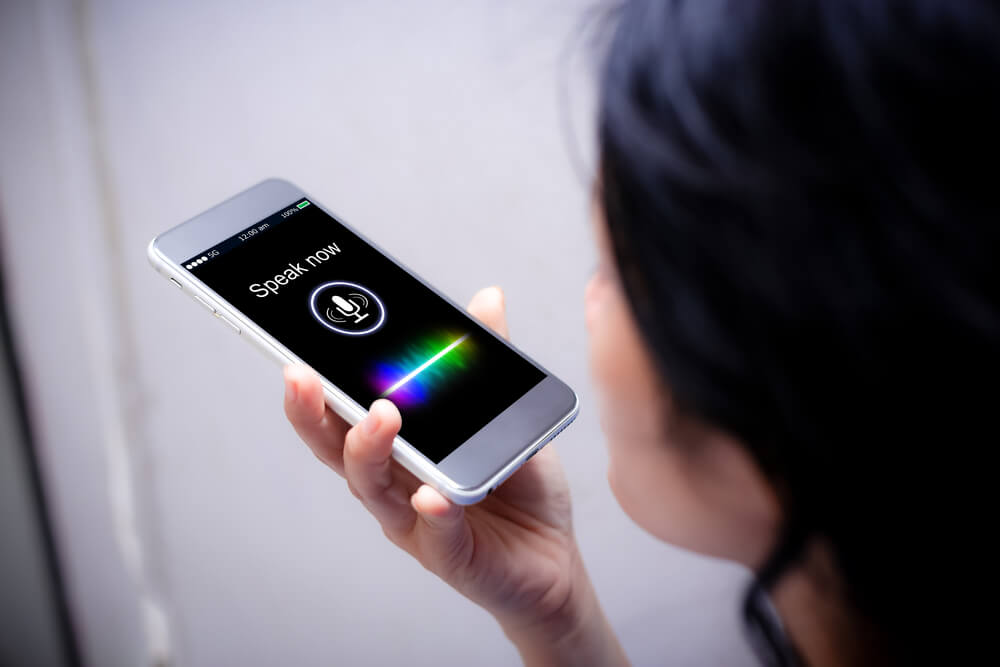What is Speech Recognition – Beginner’s Guide

Ever talked to your phone and it actually understood you? Whether you’re asking Alexa for the weather or dictating a text message while driving, you’re using speech recognition. But what is speech recognition, and how does it work behind the scenes?
Let’s break it down in a casual, easy-to-digest way — no tech degree required.
So… What’s the Big Deal with Talking to Computers?
Imagine this: You’re cooking dinner with messy hands, and you need to set a timer. Instead of wiping off your fingers and fumbling with your phone, you just say, “Hey Google, set a timer for 10 minutes.” Boom — it’s done. That’s the magic of speech recognition in action.
At its core, speech recognition is all about teaching computers to understand spoken language and convert it into text. It’s like giving machines ears and a brain, so they can “listen” to what we say and make sense of it.
A Quick History Tour (Don’t Worry, It’s Not Boring)
Speech recognition has been around longer than you might think. Back in the 1950’s, early systems could only understand digits — like someone slowly saying “one… two… three.” Not very impressive, right?
Fast forward to today, and we’ve got AI-powered systems that can transcribe full conversations, recognize different accents, and even handle background noise. It’s taken decades of research, but the tech has finally caught up to our science fiction dreams.
How It Works: A Peek Behind the Curtain
You’re probably wondering: how does speech recognition work?
Here’s a simple breakdown of the process:
1. You Talk
You speak into a microphone — this could be your phone, laptop, smart speaker, or even a car system.
2. Sound Becomes Data
Your voice (just sound waves) is converted into a digital signal the system can process.
3. Analyzing the Speech
The audio is broken into tiny bits — think of them as sound “building blocks.” The system identifies patterns, tones, and rhythms.
4. Pattern Matching
The software compares those patterns to a database of known words, using context to help make smart guesses.
5. Output
It transcribes the speech into text or responds to your command.
Where You’re Already Using It
Chances are, you’re already using speech recognition without even thinking about it. Some popular examples include:
1. Voice Assistants
Siri, Google Assistant, and Alexa use speech recognition to respond to your questions and carry out commands.
2. Dictation Tools
You can speak emails or notes instead of typing them — especially handy when you’re on the go.
3. Smart Homes
Commands like “turn on the lights” or “play my playlist” rely on voice-controlled devices.
4. Cars
Modern vehicles use voice control for GPS, calls, and music, making driving safer and less distracting.
5. Accessibility
For people with mobility or vision challenges, voice input provides greater independence and easier access to technology.
What Makes It So Tricky?
Let’s be honest — human speech is messy. We talk fast, mumble, mix in slang, and use different accents. Sometimes we even stop mid-sentence and start over.
Throw in background noise — like barking dogs, traffic, or a blaring TV — and you’ve got a real challenge. That’s why companies work so hard on improving speech recognition accuracy. Even the best systems still occasionally mess up words or names, but they’re getting smarter with every update.
The Secret Sauce: Artificial Intelligence
AI plays a huge role in all of this. Modern speech recognition relies on machine learning — systems that “train” on massive libraries of real human speech.
These models learn:
- How different accents sound
- Common word pairings (like “peanut butter and jelly”)
- Contextual clues to figure out homophones (like “there,” “their,” and “they’re”)
The more these systems are used, the better they get at understanding us.
Privacy Matters
With voice data often being sent to the cloud for processing, privacy is a natural concern. Most companies let users manage or delete their voice recordings, and some offer offline voice processing as a more secure option.
If you’re using a voice assistant, it’s a good idea to check your settings and see what’s being stored — and whether you’re okay with it.
The Future of Speech Tech
Speech recognition is already baked into our everyday tech, but this is just the beginning. Here’s a glimpse at what’s coming:
- Real-time translation: Talk in your native language, and be understood anywhere in the world.
- Smarter medical transcription: Help doctors focus on patients, not paperwork.
- More accessible tech: Voice-controlled apps and tools for those with disabilities.
- Voice in gaming and VR: Speak commands instead of pushing buttons.
The more natural our interactions with technology become, the more human our digital experiences will feel.
TL;DR (Too Long; Didn’t Read)
- Speech recognition is how tech understands your voice and turns it into text or action.
- It works using AI to analyze patterns and match spoken words to known vocabulary.
- You’ve likely used it with assistants like Siri or Alexa, or through voice-to-text features.
- It’s everywhere: homes, phones, cars, workplaces, and more.
- The tech still has challenges — like accents and background noise — but it’s improving fast.
- The future promises even more integration, smarter tools, and broader access.
Final Thoughts
Talking to machines once seemed like a futuristic fantasy. Today, it’s just part of life — from setting alarms to writing emails. Speech recognition is what makes all this possible, translating your voice into actions that computers can understand.
So the next time you say “Hey Google,” just remember: there’s a whole world of smart technology listening — and getting better at understanding you every day.
